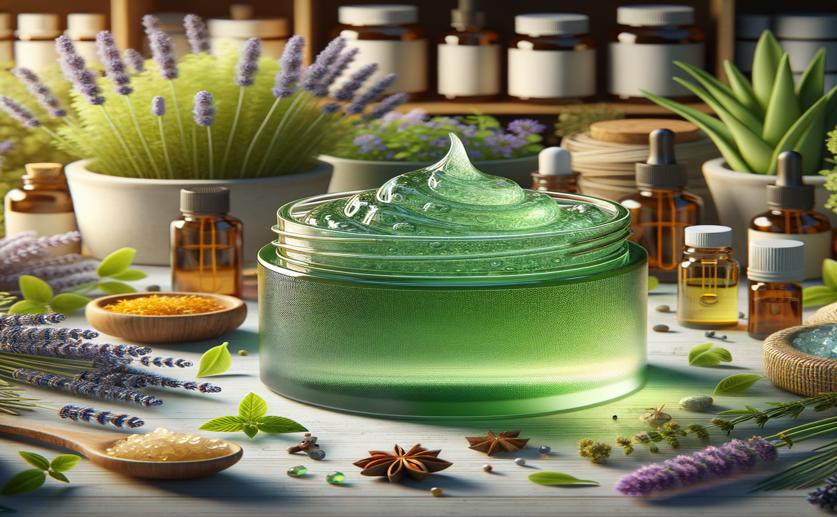
Essential Oils in Advanced Natural Gels for Better Wound Healing
Jenn Hoskins
18th August, 2024

Image Source: Natural Science News, 2024
Key Findings
- Researchers from Delhi Technological University developed a new wound healing film using carboxymethylated Cassia fistula gum and citric acid
- The film, enhanced with essential oils, is biocompatible, antimicrobial, and antioxidant, making it safe and effective for wound healing
- In tests on rats, the film achieved 99% wound healing within 14 days, significantly faster than traditional dressings
References
Main Study
1) Essential oils loaded carboxymethylated Cassia fistula gum-based novel hydrogel films for wound healing.
Published 15th August, 2024
https://doi.org/10.1016/j.ijbiomac.2024.134682
Related Studies
2) Incorporation of ZnO nanoparticles into heparinised polyvinyl alcohol/chitosan hydrogels for wound dressing application.
3) Biocompatibility, hemocompatibility and antimicrobial properties of xyloglucan-based hydrogel film for wound healing application.
4) Flexible agar-sericin hydrogel film dressing for chronic wounds.



 17th August, 2024 | Greg Howard
17th August, 2024 | Greg Howard